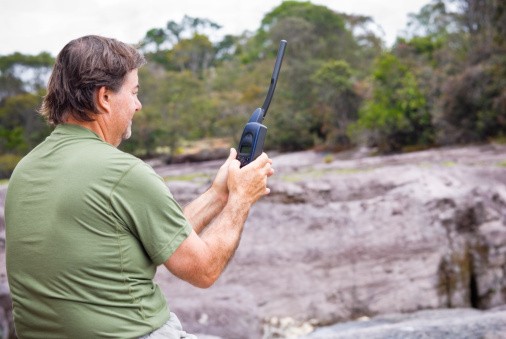Apple iPhone users will have to make do with traditional text and calls for the foreseeable future.

According to Gizmodo, Apple has no immediate plans to make a satellite iPhone, even if several rumors may have suggested that the iPhone 13 will offer the said connectivity.
This rumor comes a bit ahead of the company's fall reveal event.
A satellite iPhone would be quite good because it will allow users to call or text anyone even if they don't have coverage.
This is achieved by the iPhone connecting to a network of satellites in near-Earth orbit.
The potential uses of a satellite connectivity-infused smartphone are immense, especially in emergency situations where a cell signal is either too weak or non-existent.
Previously, it was rumored that the Apple iPhone 13 will be allowing users to text and call even without 4G and 5G. Naturally, this caused a stir.
A few days later, AppleInsider reported that a satellite iPhone 13 will only be sold in select markets.
This rumor has been running around for a few weeks now, it seems.
Renowned industry analyst Ming-Chi Kuo said that Apple is equipping their upcoming iPhone 13 with LEO (Low Earth Orbit) satellite connections back in late August, though no representative from Apple confirmed or denied it.
Apple Satellite iPhone: How Will It Work?
An iPhone with satellite connectivity will work just like any other satellite phone, which is commonly used by people who need to have communication from remote areas.
These people often include scientists, aid workers, and even soldiers dispatched to the far reaches of Earth, where cell towers may or may not exist.

Satellite phones work by sending radio signals to a satellite (or a network of satellites), according to VoIPMechanic. The satellite will then send this signal back to Earth to a station, which will relay the call to the Public Switched Telephone Network or PSTN.
Then, the call will be routed to a public voice network or the internet, then finally to a recipient.
The same thing goes with text messages.
Satellite phones use two different types of satellites, according to HowStuffWorks: GEO or Geosynchronous Earth Orbit, and LEO with Apple has been rumored to equip their next-gen iPhones.
GEO is often used because of its very wide coverage area, mainly due to how high up they are (22,000 miles above the Earth's surface), and how they remain at a fixed point in the sky.
However, one downside of GEO is its high latency.
LEO, on the other hand, is the more popular one because of its superior call quality. That's because the satellites have much lower altitudes at around 930 miles above the planet.
An Apple Satellite Phone Won't Work Like a Traditional One
If Apple does make a satellite iPhone, however, they'll only be able to offer limited actual connectivity.
The initial Bloomberg report stated that Apple only wants to employ the feature specifically for use in a crisis scenario. For instance, users might not be able to contact anyone via satellite if there is at least a faint cellular signal where they are.
Furthermore, there is confidence that Apple won't release satellite connectivity features this year, so don't get your hopes up for an upgrade.
This article is owned by Tech Times
Written by RJ Pierce
ⓒ 2025 TECHTIMES.com All rights reserved. Do not reproduce without permission.




